I am trying to implement least squares:
I have: $y=\theta\omega$
The least square solution is \omega=(\theta^{T}\theta)^{-1}\theta^{T}y
I tryied:
import numpy as np
def least_squares1(y, tx):
"""calculate the least squares solution."""
w = np.dot(np.linalg.inv(np.dot(tx.T,tx)), np.dot(tx.T,y))
return w
The problem is that this method becomes quickly unstable (for small problems its okay)
I realized that, when I compared the result to this least square calculation:
import numpy as np
def least_squares2(y, tx):
"""calculate the least squares solution."""
a = tx.T.dot(tx)
b = tx.T.dot(y)
return np.linalg.solve(a, b)
Compare both methods: I tried to fit data with a polynomial of degree 12 [1, x,x^2,x^3,x^4...,x^12]
First method:
Second method:
Do you know why the first method diverges for large polynomials ?
P.S. I only added "import numpy as np" for your convinience, if you want to test the functions.

